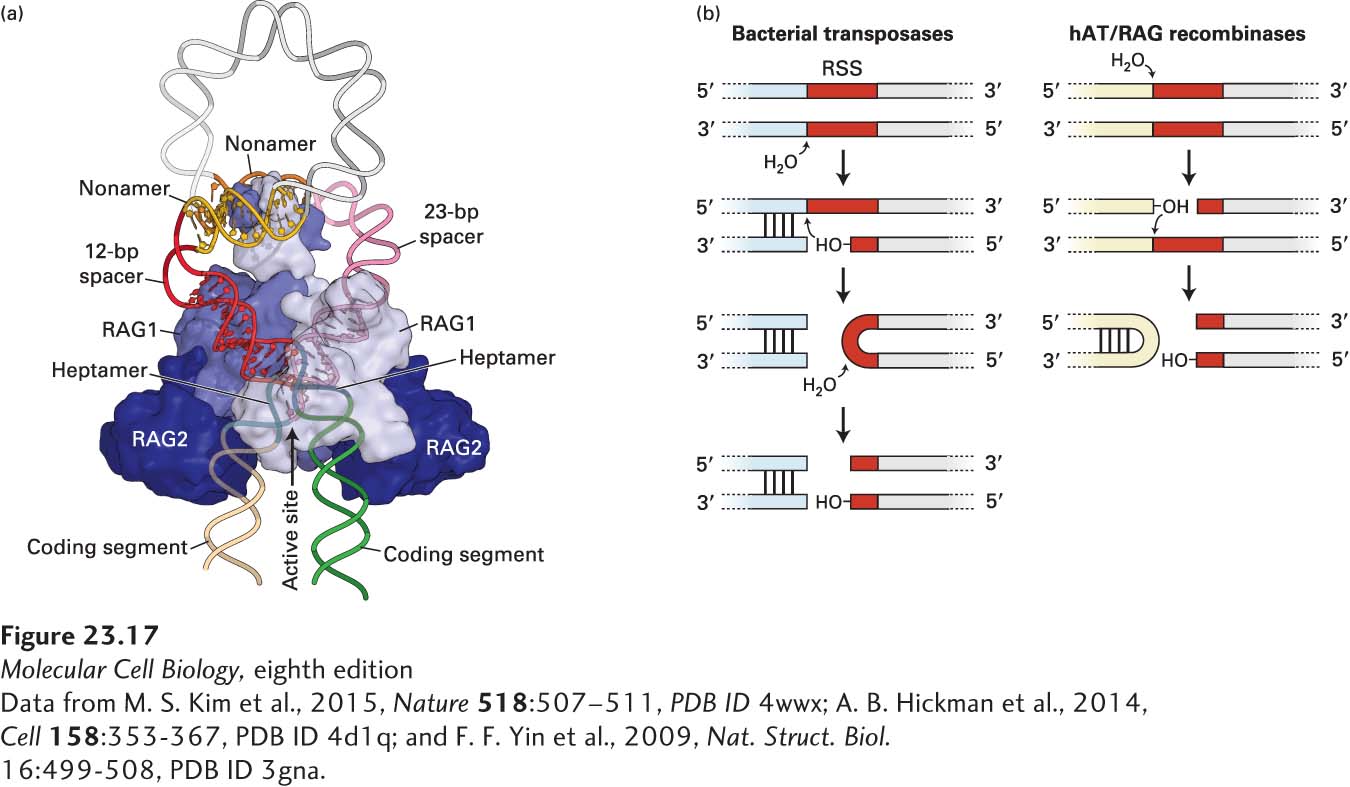
FIGURE 23- 2- 3- n- e- e-
[Data from M. S. Kim et al., 2015, Nature 518:507– 3- 9-